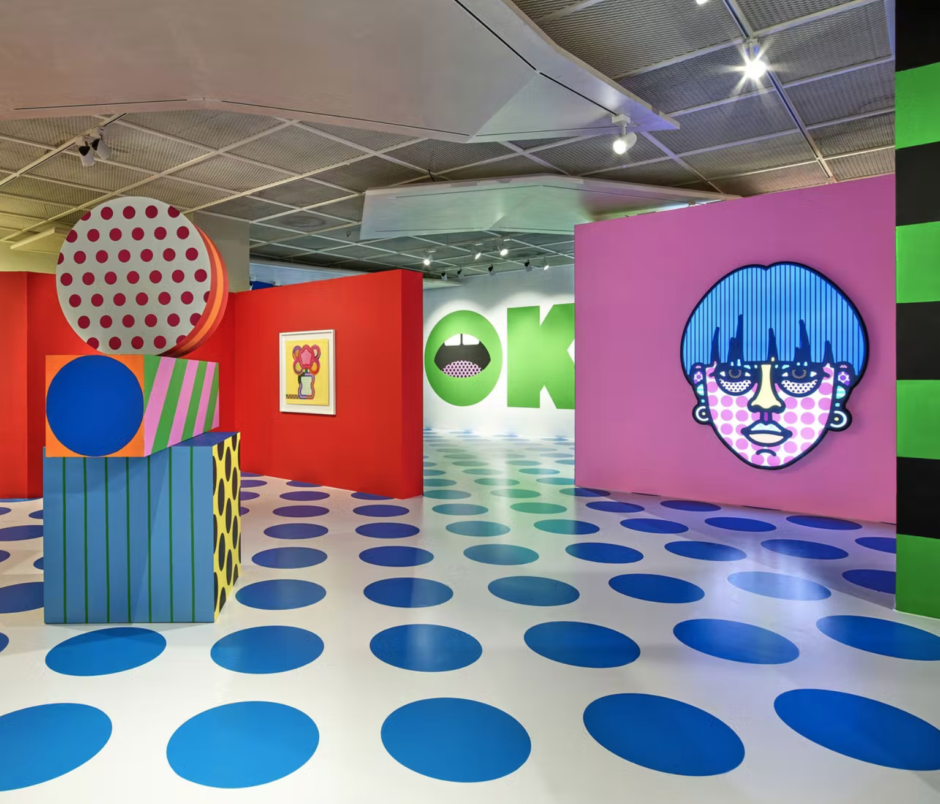London’s only free minigolf is back for another season at Canary Wharf, just in time for summer. The colourful course has been designed by international artists Craig & Karl who have transformed Montgomery Square with their signature fun, bold and vibrant style.
Craig Redman & Karl Maier have designed London’s only free mini-golf course. The picture-perfect course, with vibrant, joyful colours throughout, has something new to see at every turn. Designed to stand out, even on grey days, the artistic concepts of the obstacles, balls and scorecards have been treated with graphic patterns from citric polka dots, and thick stripes to bright geometrical shapes.
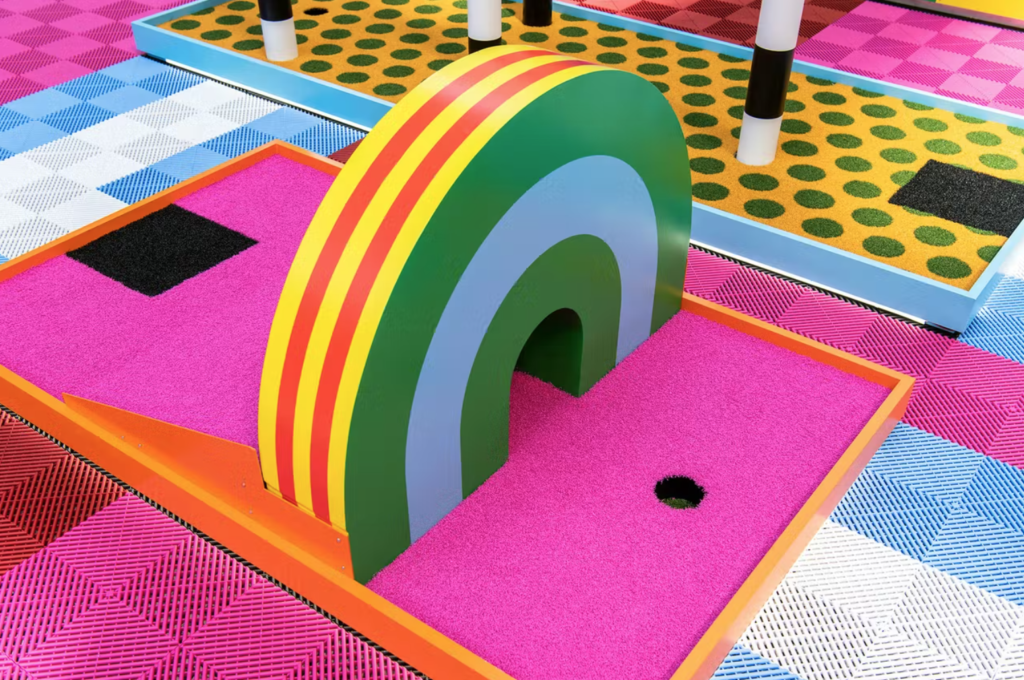
The artistic duo, who work collaboratively every day, despite being based in New York and London respectively, met in Australia during their first year of college. Their incredible talent has led to commissions from global brands such as Adidas, Google and exhibitions at the Musée de la Publicité, Onassis Cultural Centre and Museum of Contemporary Art.
Fused thought it was time we caught up with the pair of creatives to get the lo-down:
Where in the world are you today, and what are the vibes like?
We’re in New York (Craig) and London (Karl), where we’re each based. Life is good!
How do you find it working together but based on different sides of the Atlantic?
It works for us, but knowing each other and working together for so long has undoubtedly helped. We love that we get to participate in two cities and cultures and bring those individual experiences to our collaboration. We each get to have an independent and interdependent relationship simultaneously, which as artists, is pretty great.
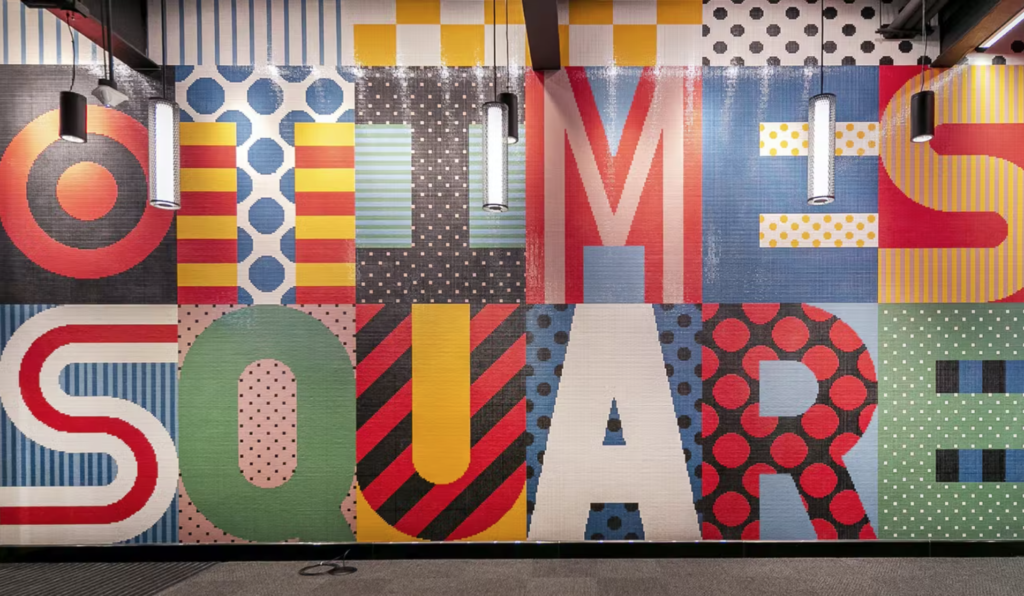
How did you two meet and start collaborating?
We met back in Australia in our first semester of art college, studying graphic design. A lecturer put us together for one of our first university projects. We hit it off, became friends, and continued to work together as often as possible. The rest is history.
What city in the world most inspires you, and how does the city influence your work?
Karl: We’re fortunate to be in vibrant cities and incorporate our individual experiences into our work together. There seems to be an energy and diversity to these places that naturally encourage creativity. Travelling and experiencing places outside of the day-to-day is also really inspiring – it has a recalibrating effect. Tokyo has long been a favourite destination for us.
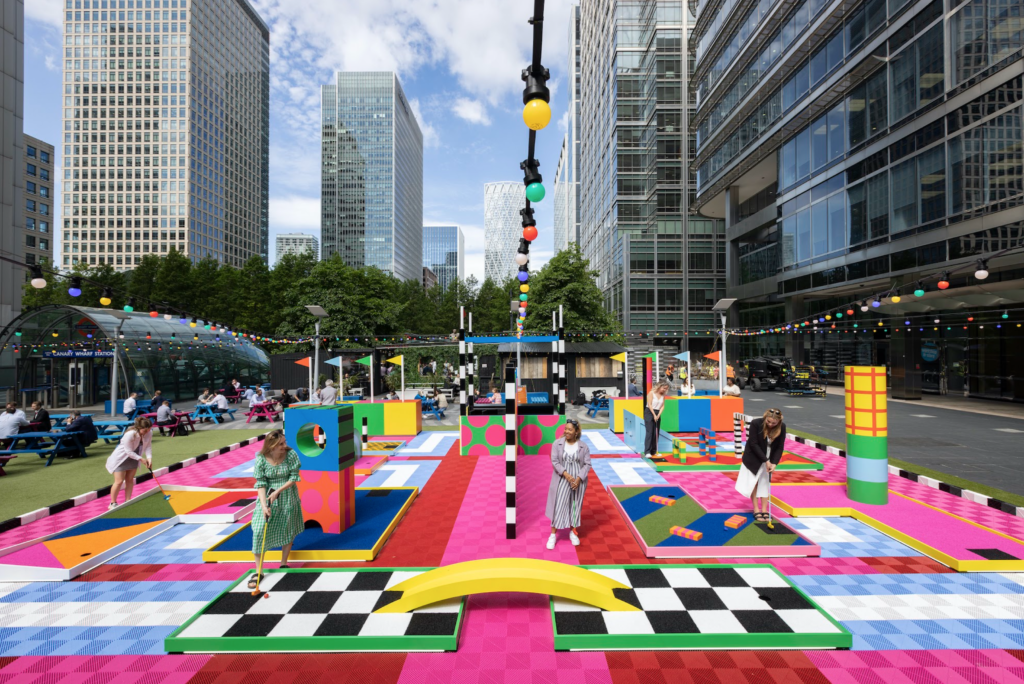
We love the mini-golf you’ve designed in London. How do you balance function with an aesthetic appeal?
Craig: Thanks! The function is essentially fun with mini-golf, so it was a good challenge. We began with the course layout, and from there, we had a large scope to play with the look. We approached each hole and obstacle more or less like a piece of minimal sculpture. The intention is to be very joyful but also with a considered design-led aesthetic.
Karl: Mini-golf is pure joy and novelty, so we wanted to keep those aspects but approach it more design-oriented. So the obstacles are conceived as minimal, pop sculptures and the surfaces treated with graphic patterns. We want it to be fun but sophisticated too.
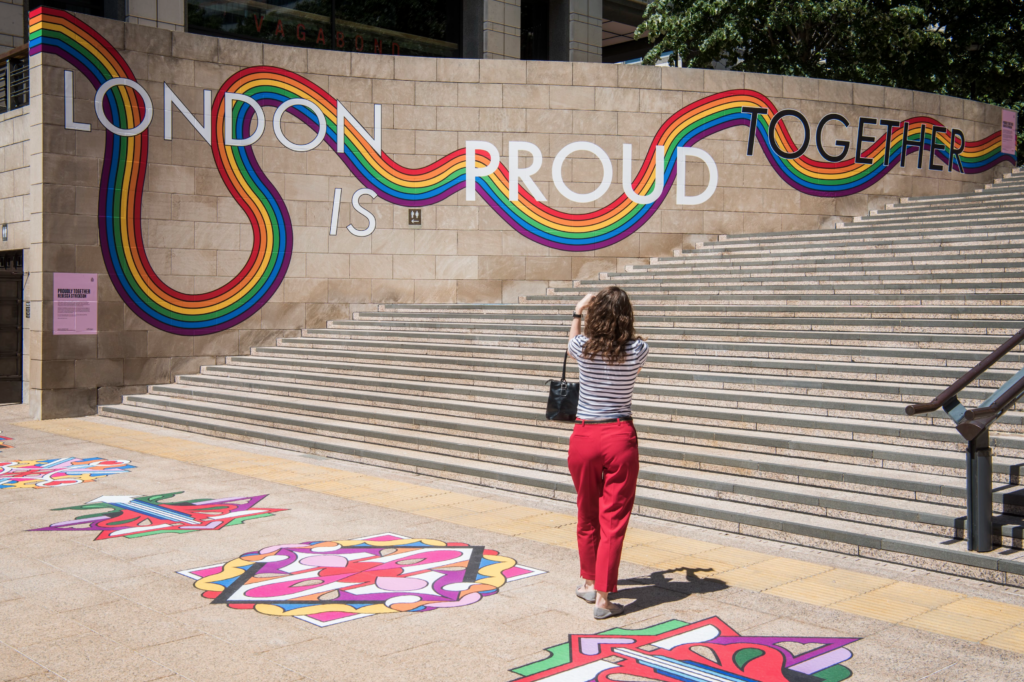
Being in a public space, how do you want your art to make people feel?
With this project, we hope it brings a sense of surprise and delight and ultimately enhances the experience of playing the course. The element of surprise is one of the things we love about creating work for public spaces – encountering something in an unexpected context can make it quite powerful.
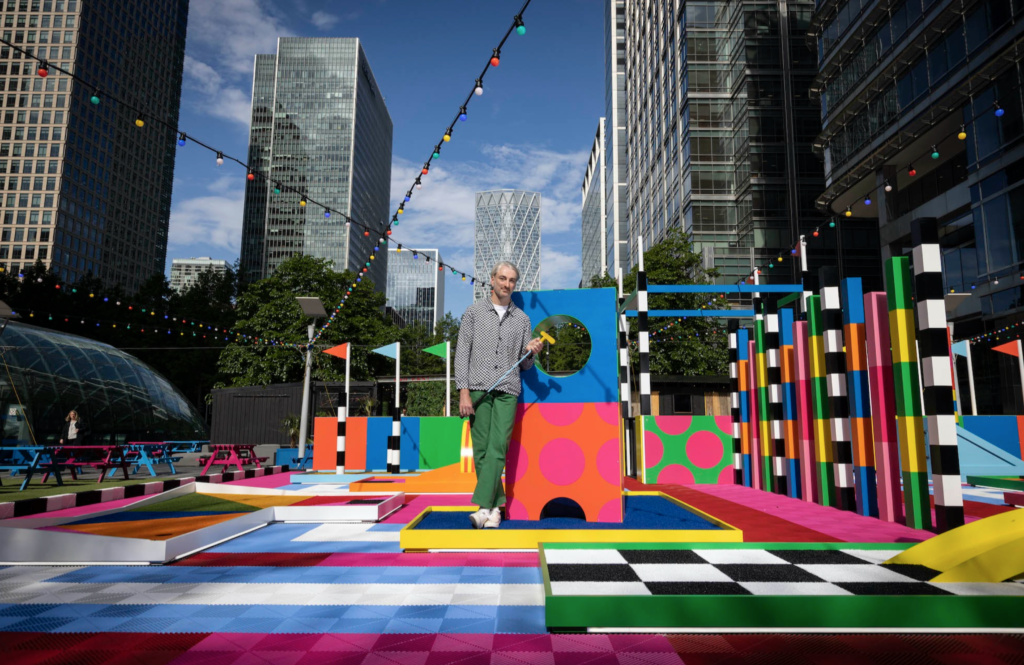
What do you find special about Canary Wharf as a project backdrop?
Perhaps precisely that. As a place most frequently associated with business, it’s maybe an unexpected backdrop for something some might suggest is comparatively frivolous, although not us. The coexistence of these two seemingly disparate worlds is quite special, though.
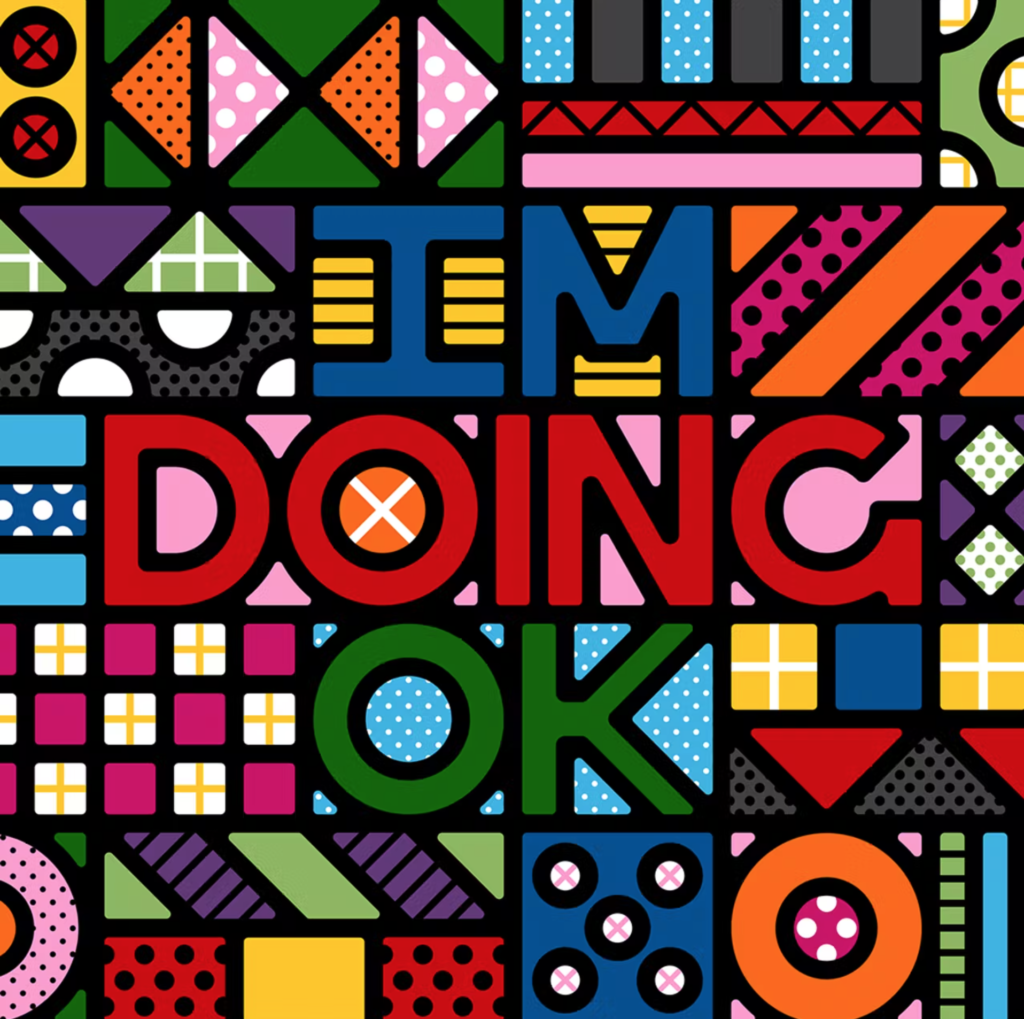
You have an instantly recognisable style; how did this develop, and how would you describe your artistic style?
Craig: Our style is bold, colourful and pretty graphic in its approach. It’s something that’s developed over the time we’ve known each other and worked together. We began in design, which led to a more visually reductive approach to image-making, and from there, we’ve branched out into sculptures and installations like this one. It’s also a mix of our various interests, our backgrounds growing up in Australia, and our personalities and humour.
Karl: We see our work as bold and direct, often with simple messages executed thoughtfully and humorously. Studying design led us towards a more graphic and reductive approach to making artwork. And we try to insert our signature elements into all our work, things like black outlines, bright colours and geometric patterns – those are the factors that give our work the ‘Craig & Karl’ look.
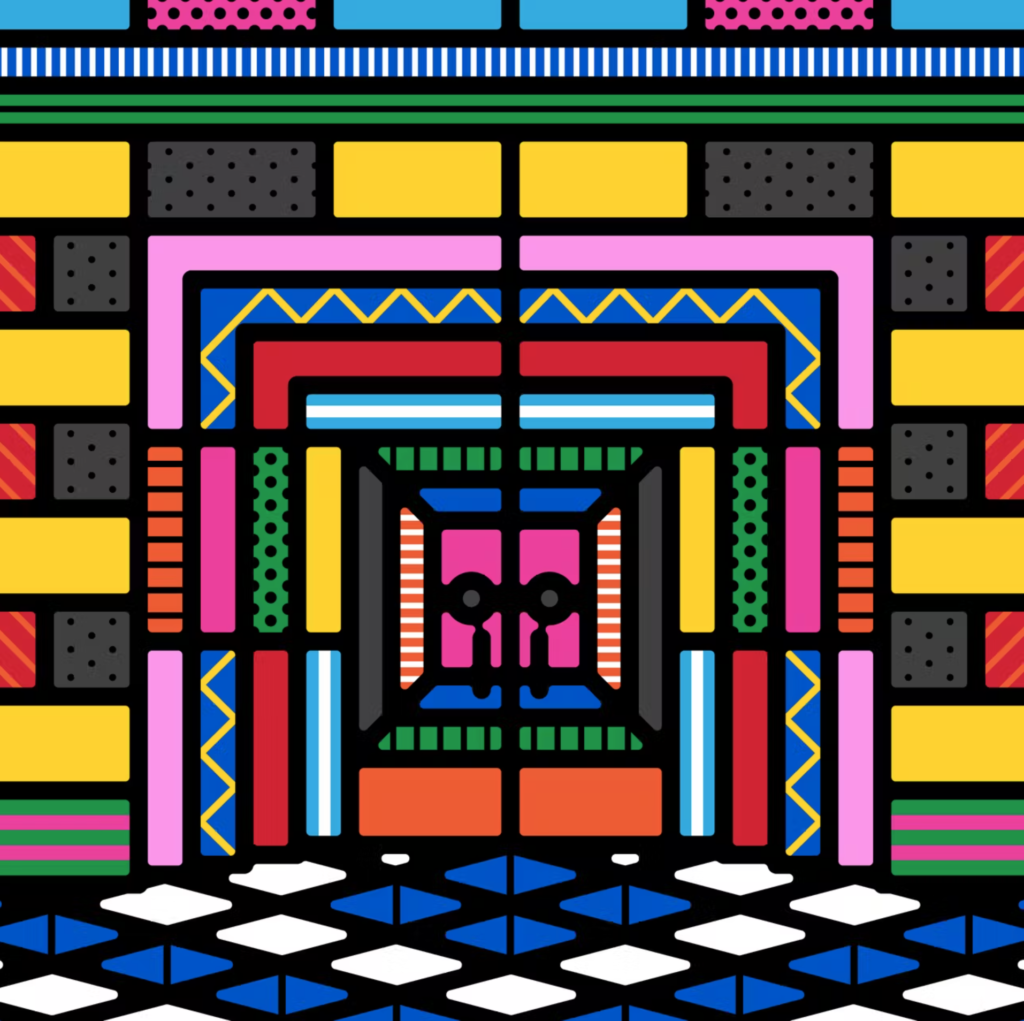
What is your creative process from inception to creation?
Craig: It varies from project to project. But, broadly, there’s an idea, a sketch or a conversation that starts things off. Then, we’re often working to a brief, which will lead us in a particular direction. Usually, it’s a lot of back and forth and trial and error until we hit upon something we think is the one.
Which piece of work has given you the most satisfaction in producing?
Karl: Honestly, the mini-golf course has been immensely satisfying. As a kid, I had a super fun mini-golf course at the opposite end of the block to where my parents had a shop, and so I would play there all the time after school, and it completely captured my imagination. I still go there whenever I’m back home in Australia. So, having the opportunity to design a mini-golf course was a dream.
Craig: What we like the most is the breadth of work that we’ve had the opportunity to do. We’ve delved into sculpture, installation, and product design from our beginnings in design and illustration. Jumping between all these things and honing our approach keeps us engaged and excited.
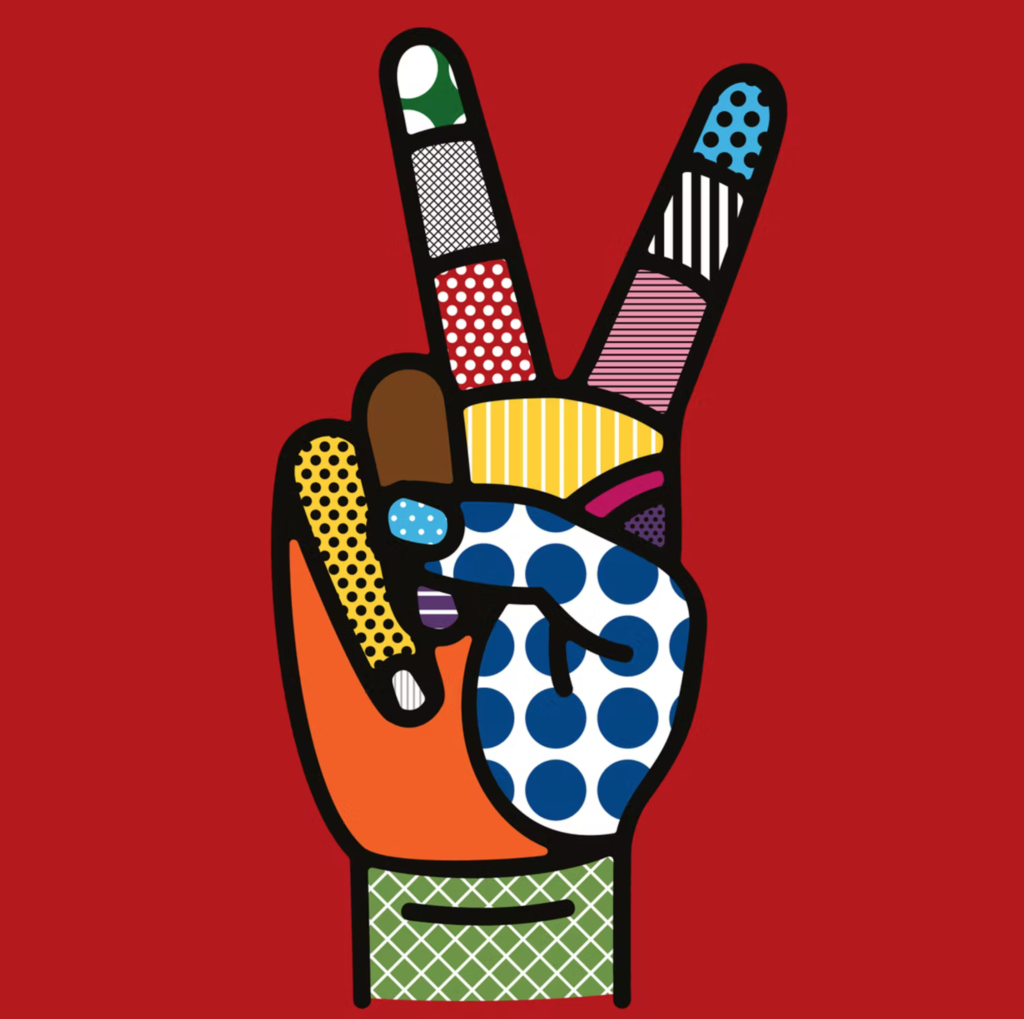
Are there any rules or habits that help you do your job more efficiently?
Karl: There isn’t anything too specific or rigid. Creativity is somewhat a matter of habit in that it tends to flow more freely when it feels like there’s good momentum. But, equally, you need time away to reflect and absorb different influences – to fill the well. As it’s only the two of us – and we each make our schedule – we can be pretty fluid with how we approach it.
What’s the most indispensable item in your studio?
Craig: In practical, if not glamorous, terms, the computer would have to be it – everything passes through there at some point regardless of where it begins or ends. Plus, it’s how we’re able to talk to each other 😉
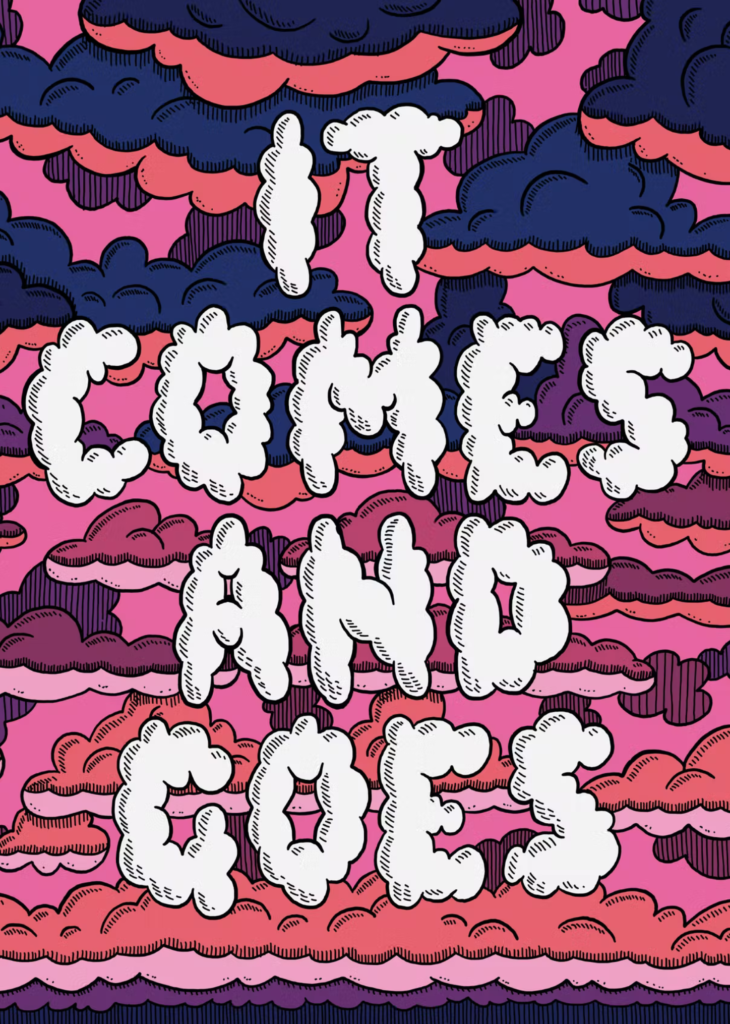
What is your daily inspiration when you design?
Karl: It’s no singular thing and changes all of the time. We want to feel like we’re constantly building on and expanding what we do, which probably drives us in a holistic sense.
What is the number one piece of advice you would like to tell new artists?
Craig: The main thing we strive to do is constantly make new work. And in doing that, we’re essentially experimenting, trying different things and figuring out our viewpoint and who we are as artists. So whatever it is that makes us inherently who we are is what we’re trying to bring to the work we do. That’s what makes it unique and sustainable. And that’s the best advice we could give anyone else too.
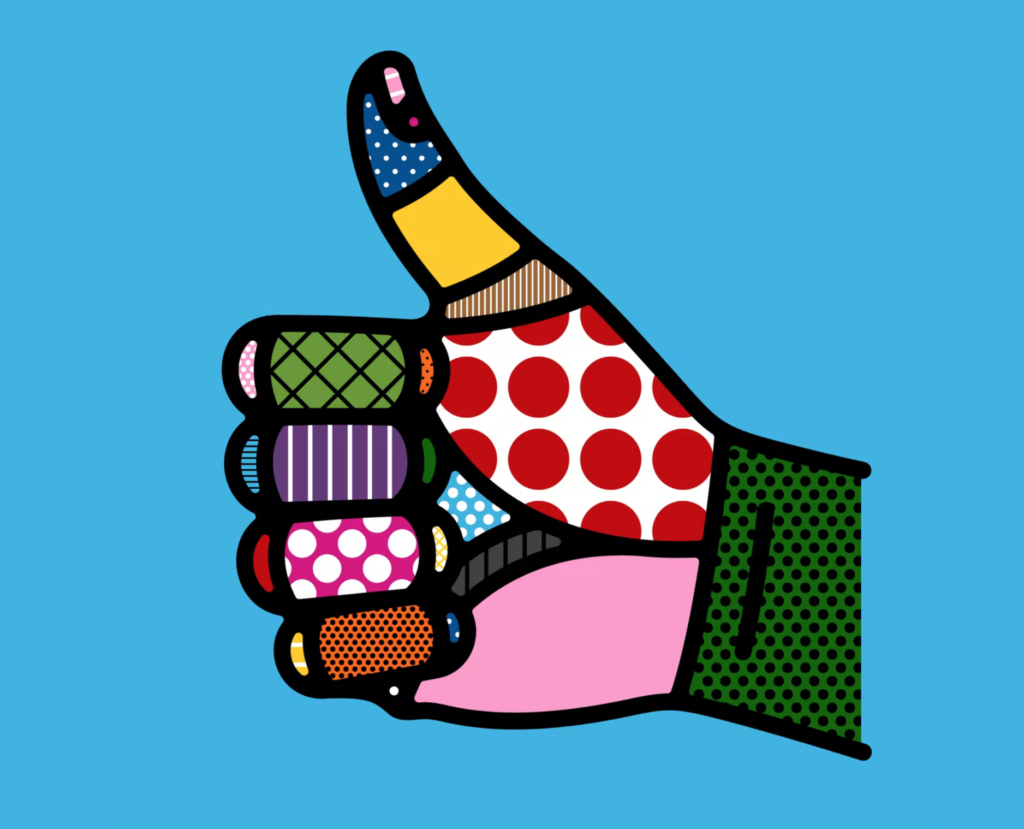
What is inspiring you at the moment?
Karl: After the past couple of years, seeing everything come back to life again is a big source of energy and optimism right now.

